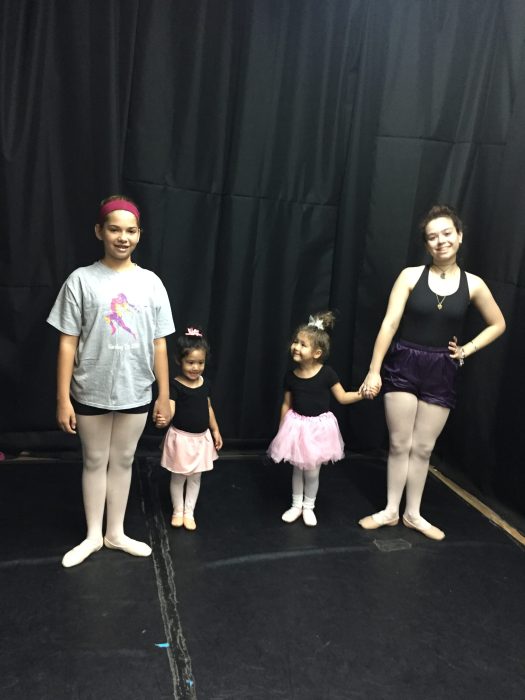Whether you’ve recently adopted a new pup or have an existing dog at home, crate training offers numerous benefits for both dogs and their owners.
For many animals, utilizing a crate not only helps behavior management, but also provides an area of safety and comfort. Dogs that exhibit aggression, have frequent accidents indoors, or engage in destructive behaviors can pose significant challenges for their owners. Incorporating crate usage as part of a training routine helps dogs understand expectations and reinforces desired behaviors. Deborah Rightmyer, a Certified Behavioral Canine Consultant (C.B.C.C.-K.A.) and Fear Free Certified Animal Trainer (F.F.C.P.) with nearly two decades of experience, specializes in addressing behavioral issues in animals, including various forms of aggression, unruly behavior, and in those suffering from underlying fear and anxiety.
“Having your dog crate trained means they are comfortable being in a crate for a reasonable period of time either on a regular basis or temporarily for certain situations,” Rightmyer says. “Specifically, this means the dog willingly enters the crate when prompted by a cue or in response to specific environmental cues, such as the doorbell ringing, visitors arriving, mealtime, and so forth.”
To set your dog up for success, start by choosing the proper size crate. Be sure your dog can comfortably stand, turn around, eat, drink and play with a low-activity type toy.
Next, turn the crate into a retreat by adding a soft-top or orthopedic mat, water bowl, and some age-appropriate toys such as Kongs or puzzles. Start with short sessions throughout the day, then move to longer stretches. Nighttime crating should offer the same calming effect that we enjoy as humans. The animal’s overall energy level should be relaxed by this point, enough that they can self-settle. Offer toys that are comforting, not stimulating.
If the dog is responding well to the crate but begins exhibiting nuisance-type behaviors such as whining or barking, wait until the dog settles, then proceed to open the crate for a break.
“We want to reward calm behavior, not give in when the dog is testing us. However, it’s important to recognize signs of distress or panic. Look for excessive drooling, cage biting, injuring itself, etc. This would require the guidance of a personal trainer and often times a veterinarian,” says Rightmyer.
Crate training has proven to be beneficial in a number of situations. Besides providing the obvious puppy training, crates offer a safe space for senior dogs that may be at risk of falling or wandering. If a dog requires transport or a stay at a boarding facility or an animal hospital, dogs will need to stay in a crate and/or kennel for extended periods. When visitors enter your home (furry or human), your dog will be confined, away from the excitement.
“Keep in mind life is unpredictable and doesn’t always go as planned. Illness, injury, divorce and economic loss can cause a sudden household change where it may be appropriate for your dog to be crated periodically, or even routinely. In the event your dog needs to be rehomed, or even relinquished to a shelter, the chances of a positive outcome are much higher in a dog that can tolerate crating and other forms of confinement without further stress,” says Rightmyer.
The most successful crate training is done as preventative management – before incidents or accidents occur. Training should always be done with patience, consistency, and positive reinforcement. The crate should never be used as a form of punishment, and dogs should never be left crated for extended periods without breaks for exercise, socialization, and mental stimulation.
To learn more or to schedule an assessment, visit Debby’s Dog Training and Consulting LLC.
































